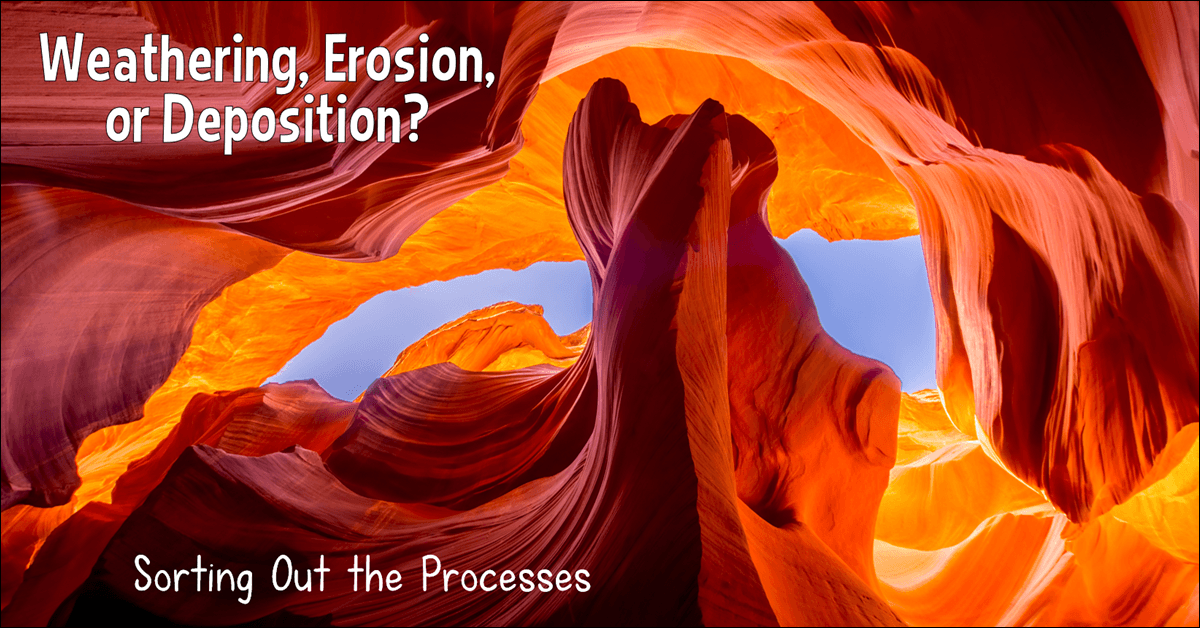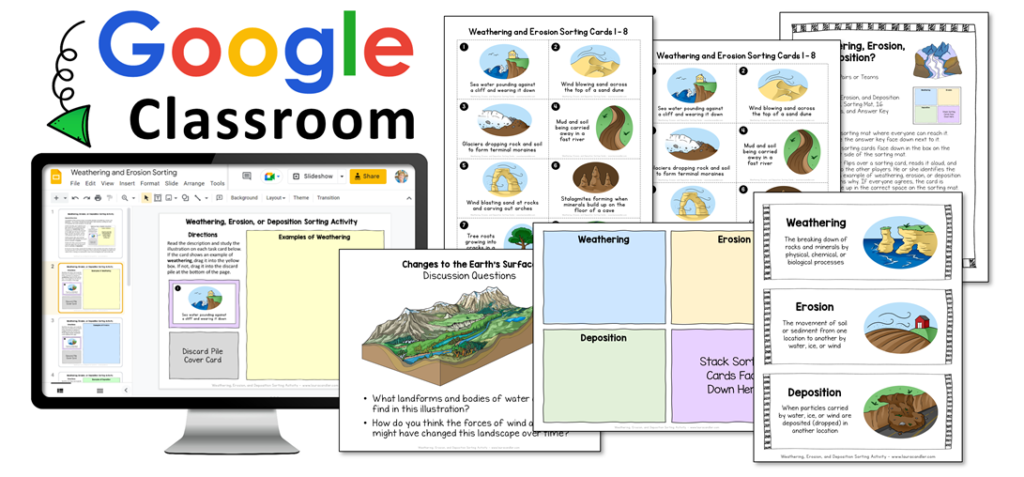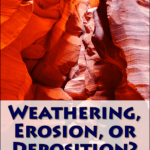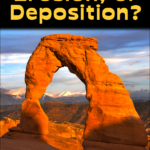Weathering, Erosion, or Deposition?

Science is one of my favorite subjects, and I’ve always been interested in geology and landforms. I remember hiking through the White Mountains of New Hampshire as a child, listening to my father explain the geology of the area. He showed me evidence of glaciers that once covered the area, interesting caves and rock formations, and fossils of sea animals that somehow ended up high in the mountains! I still enjoy hiking and other outdoor activities, and I often wonder how certain features of the earth were formed.
I guess those early experiences are why I enjoy teaching students about landforms of the Earth. Hands-on activities and opportunities to explore nature are especially important in this area of study. One of my favorite projects is to have students work in teams to create islands from salt dough, and each island has to include specific landforms. When students share about their islands with the class, they have to explain how those landforms might have been formed. We read books about weathering, erosion, and deposition, and even take walks outside to observe evidence of these three processes in nature. I show photos of pictures I have taken myself and other pictures I’ve found on the internet to explain how weathering, erosion, and deposition shaped Earth’s surface.
Sorting Out the Processes: Hands-on Activity
Yet even with all of those activities, my students still had trouble remembering the difference between weathering, erosion, and deposition. These concepts are very confusing. To help them practice, I created a sorting activity with examples that students could classify into one of the three categories.
My students worked in teams because discussing and debating the placement of the cards was really helpful as they grappled with the concepts. When they discussed a card, they had to talk over the action taking place and decide if it was most likely weathering, erosion, or deposition. They took turns so all students had the opportunity to participate equally.
The task cards used in the original activity only had written descriptions, but I recently updated this resource, and now the task cards include illustrations of each process, too. I also added two Google Slides versions of the sorting activity that you can use remotely or in the classroom.
If you’d like to use this sorting activity with your students, you can find it here in my TpT store. The teacher’s guide includes a step-by-step lesson plan, student directions, illustrated task cards, a sorting mat, and definitions of the three terms.
Illustrated Task Cards and Self-Grading Google Quizzes
If you believe that a picture is worth 1000 words, you’ll love my resource for teaching this topic. Weathering, Erosion, and Deposition Task Cards and Google Quizzes bundle includes 24 printable task cards in both black & white and color, as well as 24 task card images that can be used with the free Plickers program or with Google Classroom. You can even use the images to create digital decks of task cards to use with cooperative learning activities like Showdown! The Weathering, Erosion, and Deposition Bundle also includes three self-grading Google quizzes that can be assigned with Google Classroom or administered as online formative assessments.
The illustrations in these Weathering, Erosion, and Deposition resources are what make them really unique. Most of drawings were created by my daughter Wendy Candler of Digital Classroom Clipart on TpT, and I love the simplicity of her artwork. Somehow Wendy was able to capture the essence of how weathering, erosion, or deposition contributed to each situation being depicted without adding unnecessary details.
I hope these activities and resources help your students develop a deeper understanding of the difference between weathering, erosion, and deposition. Hopefully, they’ll have fun while mastering those skills, too!











